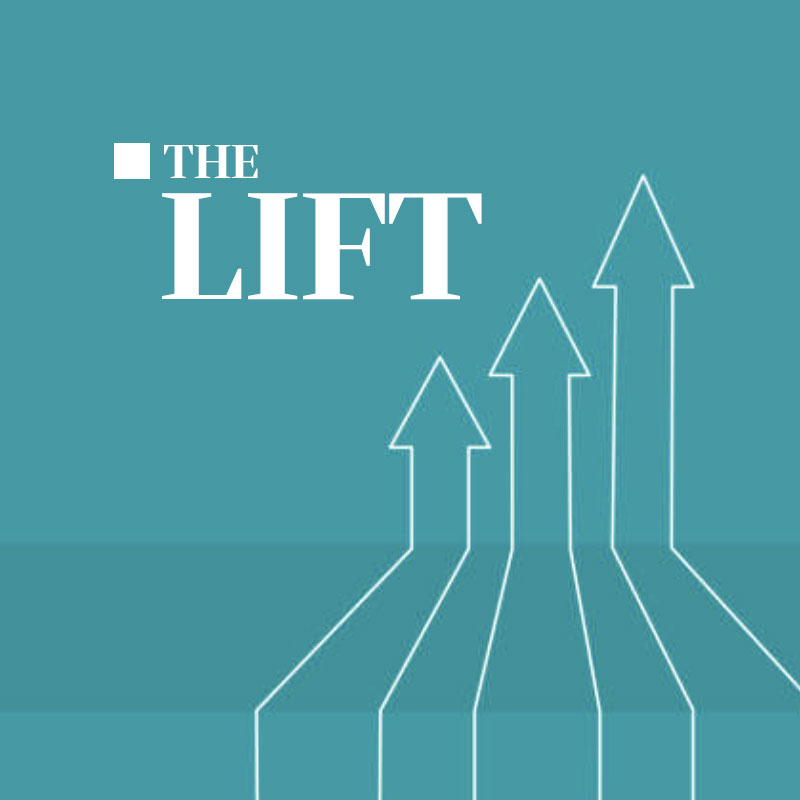A Headless Content Management System (HCMS) isn’t right for everyone. If your website exists mostly to tell your brand’s story, develop interest in your products and services, and send people to your social media profiles or blog, you probably don’t need a HCMS to accomplish those things. Even if you are collecting emails through newsletter and product announcement signups, a traditional CMS is likely going to get the job done for you.
Before moving to a Headless CMS, you will need to know what you’re looking for and how you will use it. It’s also important to note that with HCMS, you will have less direct control over the finer details of your website experience, as you would with a traditional, or “Monolithic,” CMS. If you’re a “DIY” type who likes to tinker with your website, a HCMS might frustrate you. A Headless CMS is a custom job – so there’s more investment up front and only a skilled HCMS developer should add new features. Hacking away DIY-style at a traditional monolithic CMS architecture is a tried and true method of packing a lot of functionality into a smaller budget, and there’s nothing wrong with that, provided you recognize the inevitable limitations, which often hit as a “tipping point” where the performance, efficiency and consistency of the system start to degrade because they don’t scale. If you’re comfortable with those limitations, or don’t plan to scale the site to a point where they’ll become an issue, it’s likely not worth switching to HCMS.
Perhaps there’s a willingness from your technical and marketing teams to stick to the Headless CMS design and functionality, without any additional in-house tinkering. Maybe you’ve resolved that going to HCMS is best for your brand’s customer engagement and data management. In that case, having a well-designed HCMS is an excellent option.
You should be aware that the higher expense of hiring skilled HCMS developers to create a custom Headless Content Management System may be cost-prohibitive for your budget. On the cost upside, however, a HCMS is generally cheaper to re-skin when you need a website design refresh. Anyone making decisions about whether or not to move over to a Headless CMS should be aware of everything involved in making a successful transition to HCMS. In addition to everything I’ve already mentioned, you will also need to level up your tech team to be sure you have developers ready to manage and problem-solve the frontend and the backend of a Headless system for your website and mobile app – and not everyone is qualified for those tasks.
What types of companies should seriously consider moving to a Headless Content Management System?
Larger scale companies having substantial web and mobile app development budgets, and which offer multiple services that require a seamless user experience, are good HCMS candidates. This is especially true if a company seeks to continually iterate on their products and services – such as adding custom services and recommendations, new products, and testing out theories on their users and customizing their brand experiences.
You’re unbounded with HCMS and you’re conveniently in control of your backend data to help you meet your goals. You’re “going pro” with HCMS by departing from a traditional CMS that loads pages, often slowly, if a website has become bloated with plugins and pages, as I mentioned. Alternatively, a Headless CMS utilizes applications, which load faster – and only those assets needed. By reducing your single points of failure, you significantly decrease your risk of downtime and site bottlenecks. Anyone who has lost sales because of slow page load times and shopping cart failures understands how costly website downtime can be to their revenue margins and customer loyalty.
HCMS also enables autoscaling on the server side and efficiently allocates website resources by breaking application packets into “chunks” and loading only what’s needed, which enhances your page feeds and elevates your SEO. Conversely, a traditional CMS will concurrently load all its plugins (often numbering 30 or higher), which adversely affects your page load times and SEO. HCMS also offers higher website security by decoupling your website’s frontend from its backend, creating a kind of “defensive moat” around your crucial backend data, which with HCMS you can completely lock down from unpermitted access. Another HCMS security feature is the ability to whitelist IP addresses or use a VPN, for limited backend access – such as allowing a vendor unique and secure access to a products database, where they can independently update their merchandise data for your product sales page, which you will be able to track via their login authentication. Offering business partners backend access, by helping your business stay on top of product data for example, makes your website’s backend a valuable asset too. An additional consideration for businesses that offer their customers a mobile app is that when the frontend development of a Headless CMS is done right, it can provide the foundation for developing a flexible and dynamic mobile application experience without having to start from scratch. That’s a significant upside.
When you feel ready to make the pitch to your higher ups for adopting a HCMS, you’ll need to be very explicit with them about the pros and cons of going to a Headless CMS, including its financial costs, so you have full agreement and don’t end up trying to explain its complexities to stakeholders after developers have already begun customizing a HCMS for your company. Everyone who will be involved in signing off on and using a Headless CMS needs to understand it and agree to switching over to it. This is one reason why we offer flat rate Strategy Discovery Sessions for our clients (read Strategy from Simplicity to learn more). We find it extremely useful for arriving at the best decision for a brand’s web development by engaging key decision makers and staff users, who are involved in strategy discussions and sharing ideas and concerns from the beginning. Our goal is to help our clients decide what will best meet their needs – whether a Monolithic (traditional) CMS or a Headless CMS.
You may also enjoy reading:


